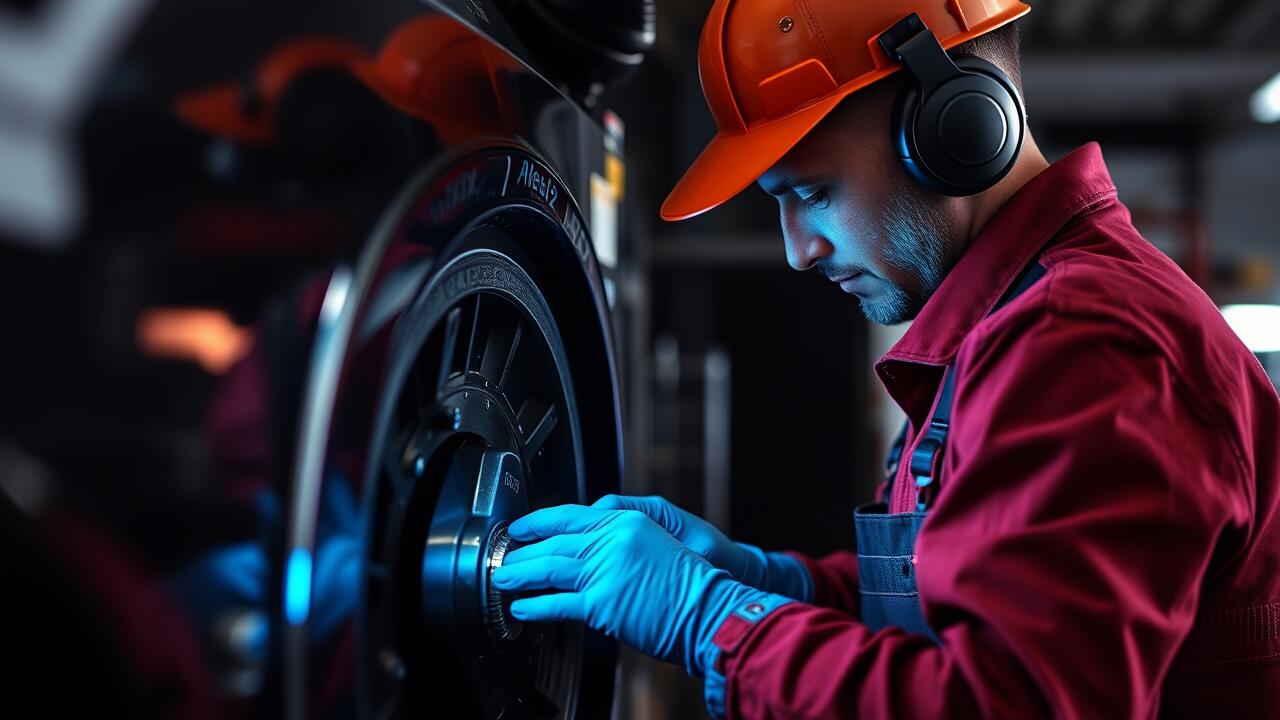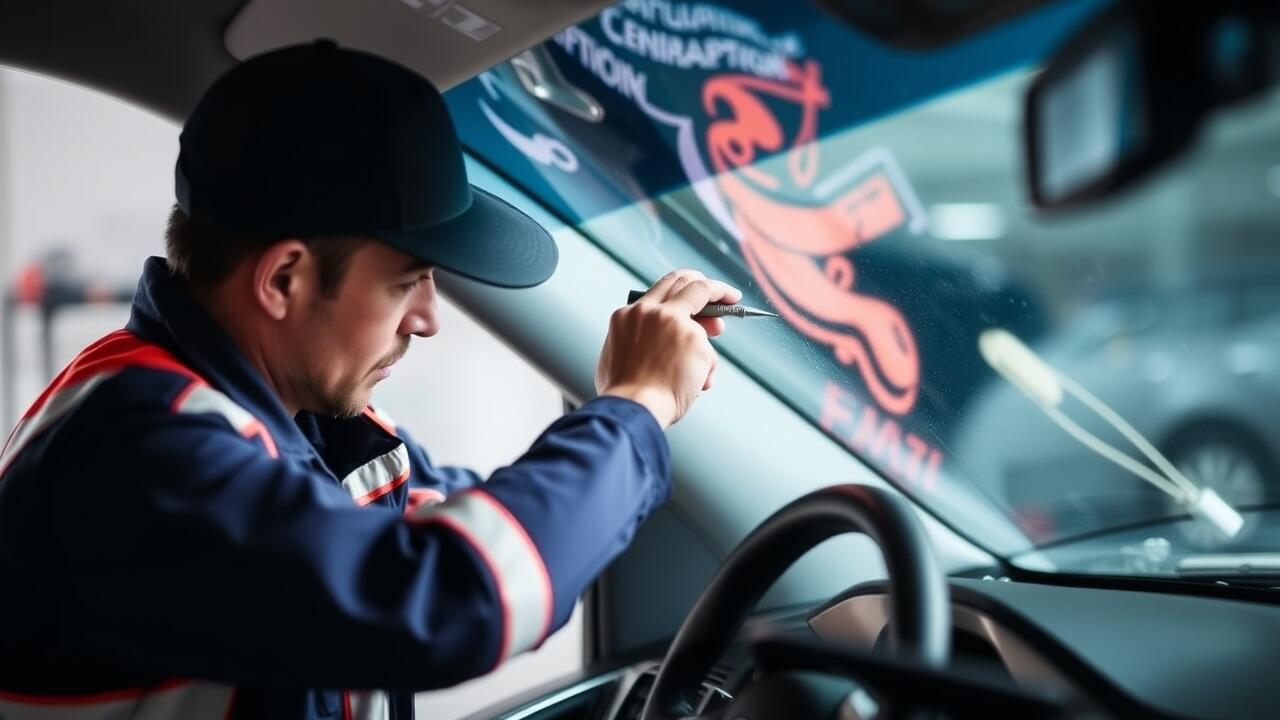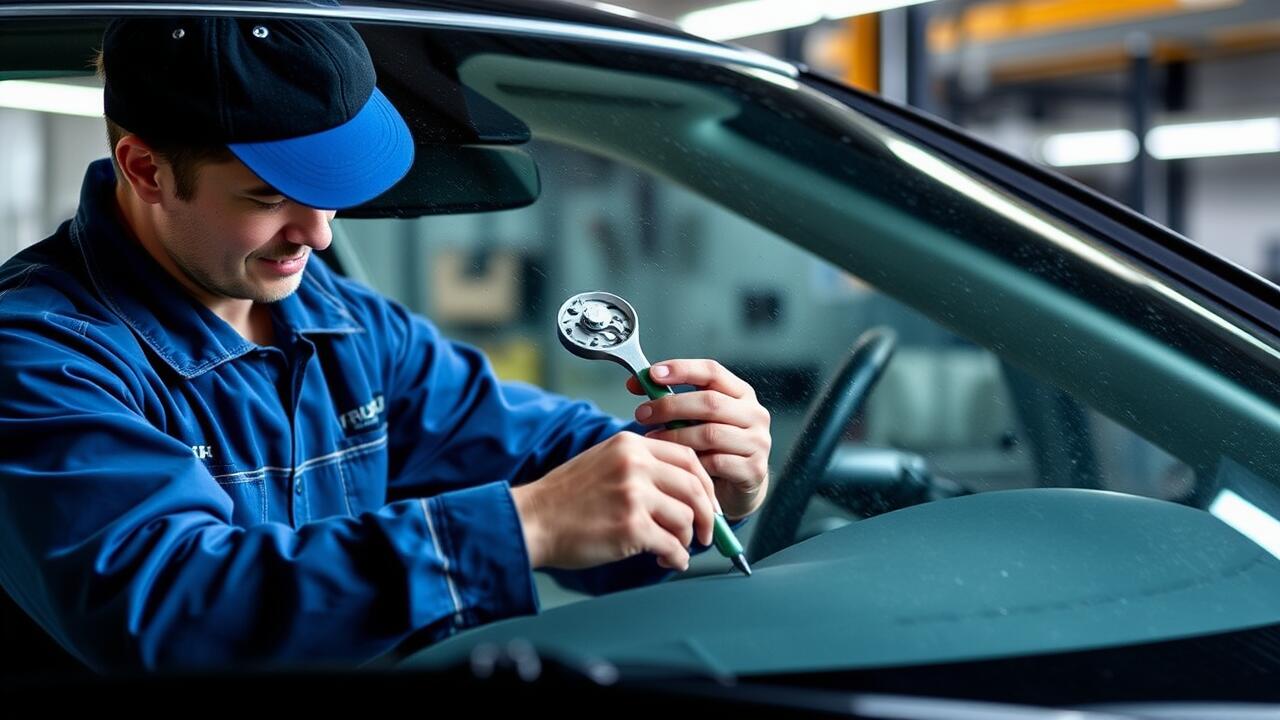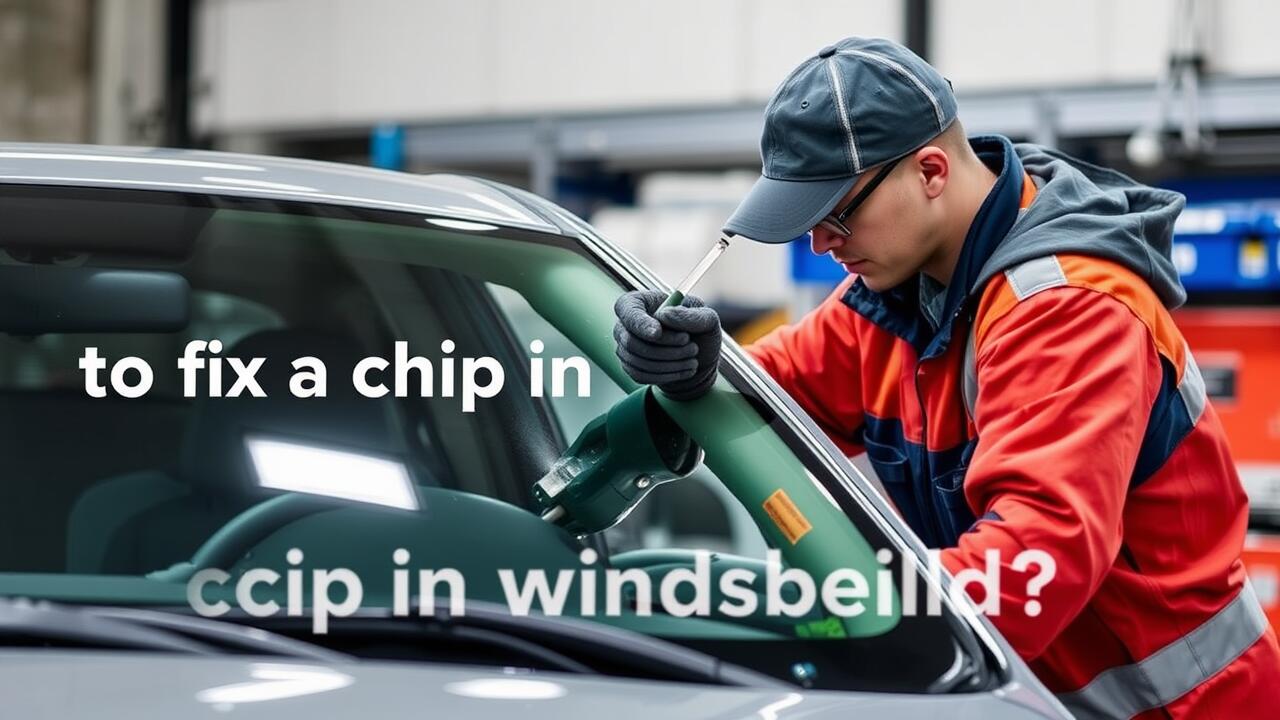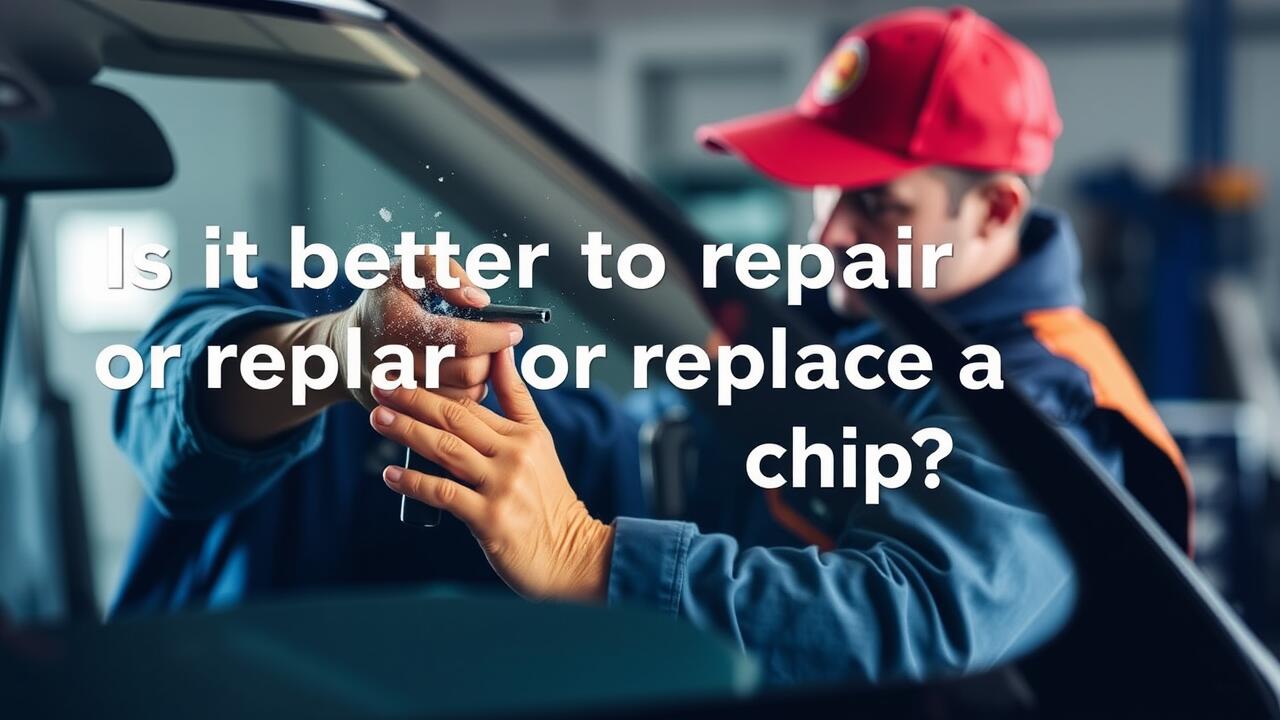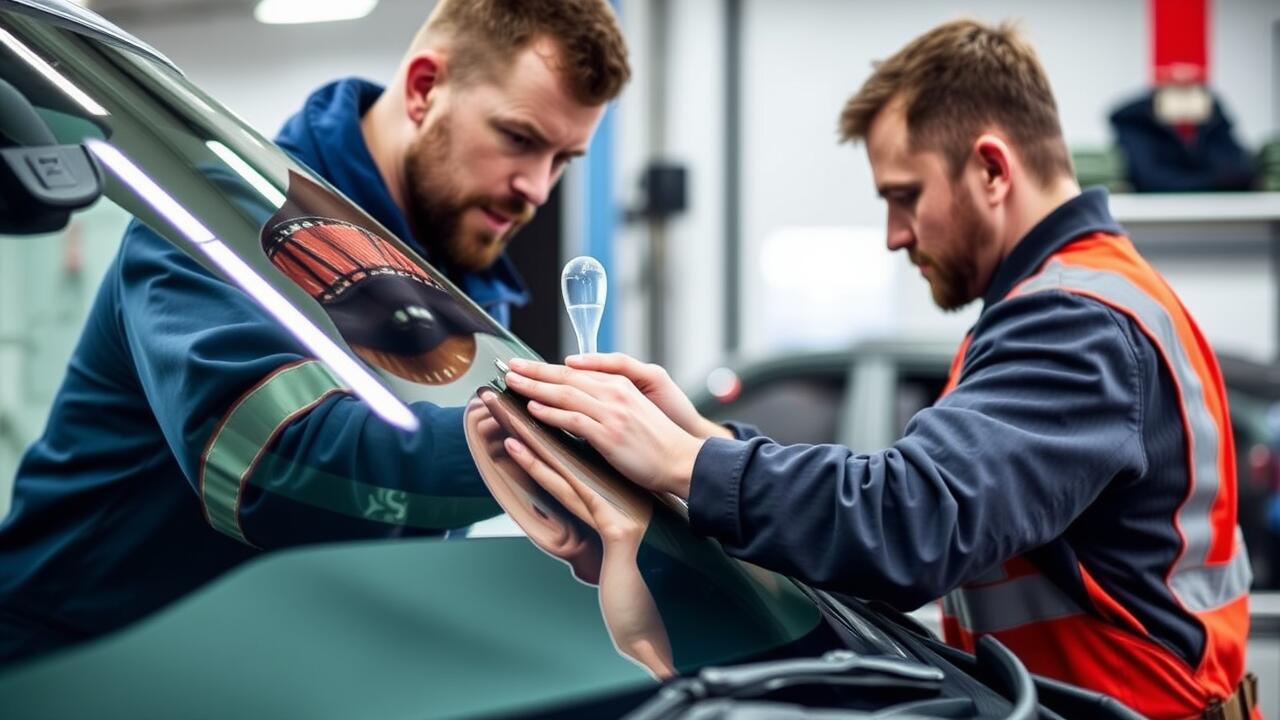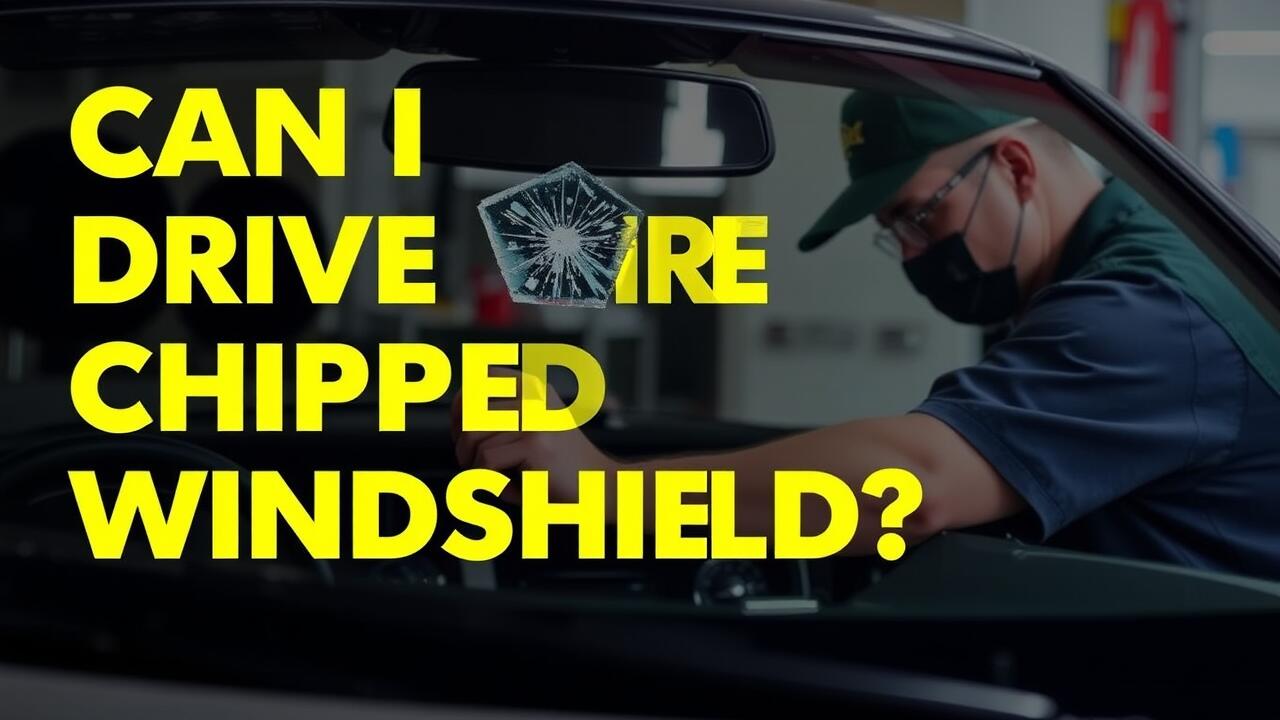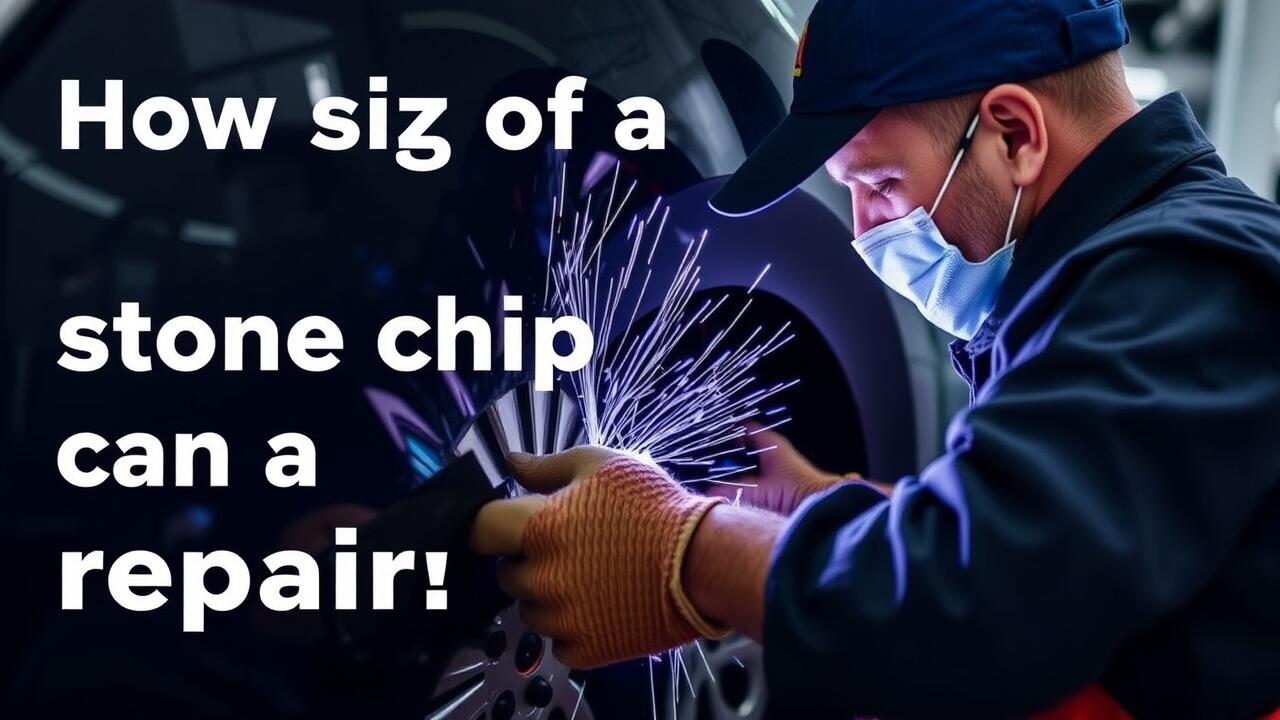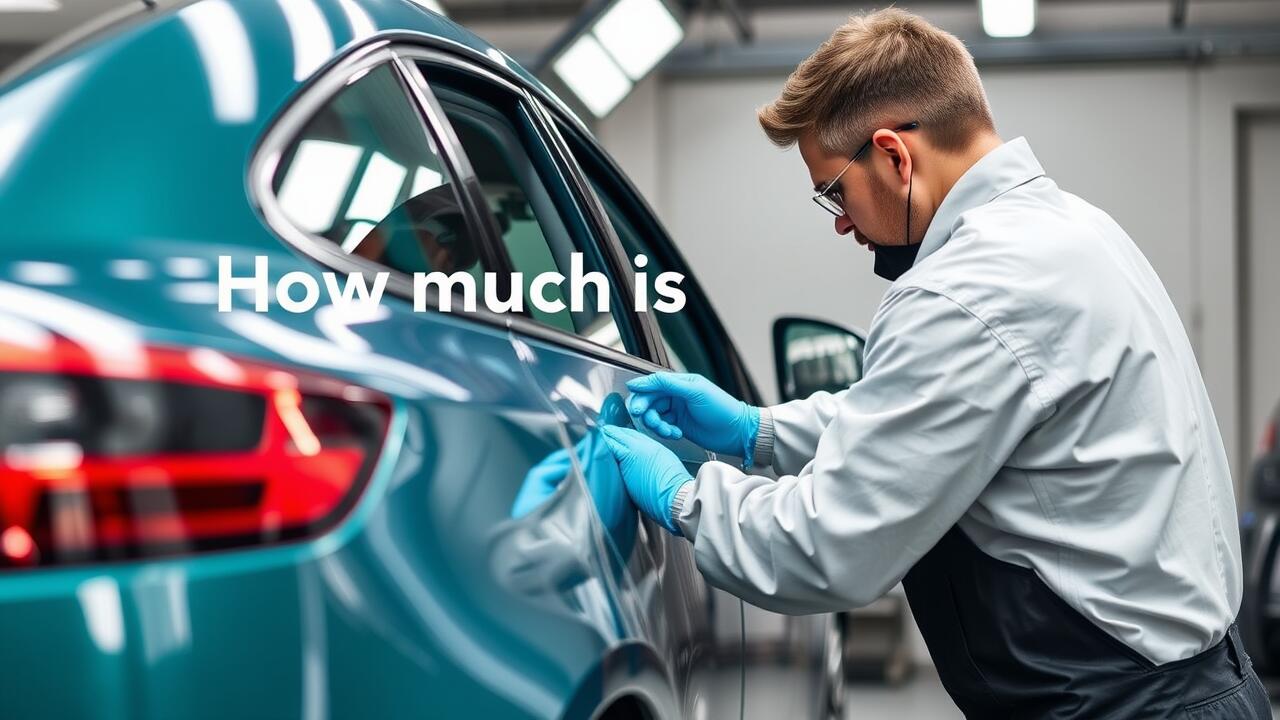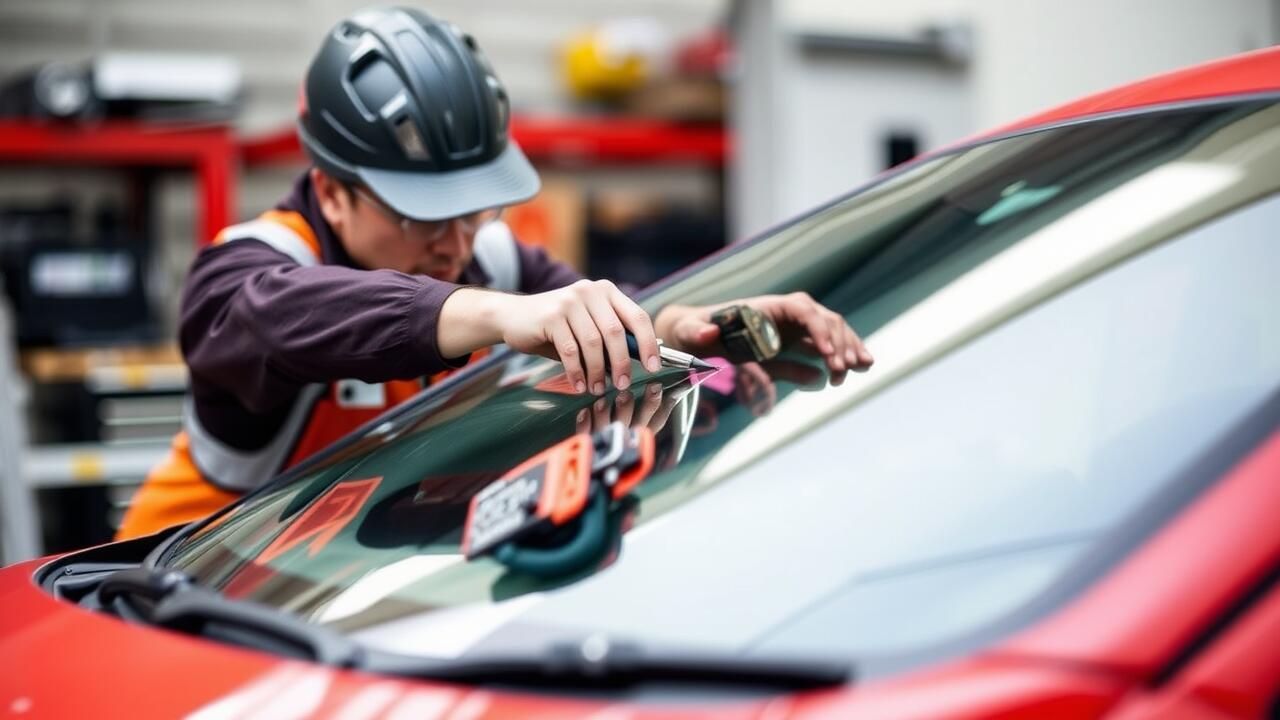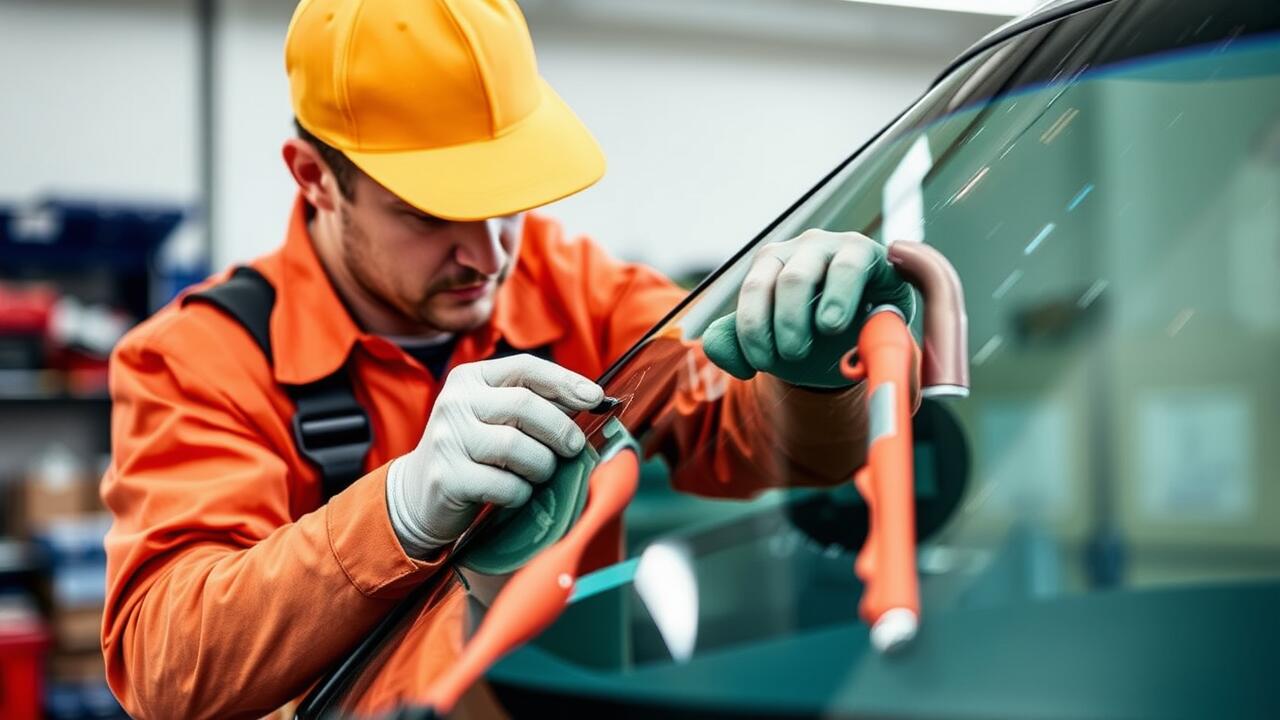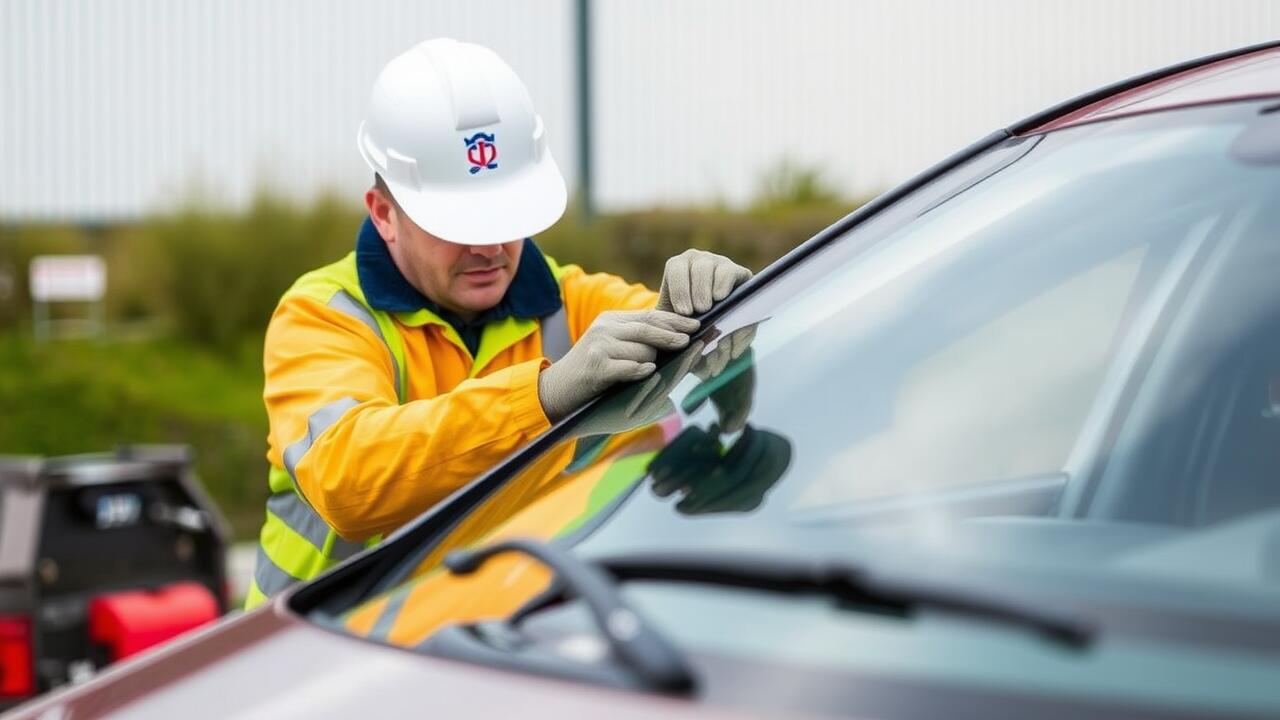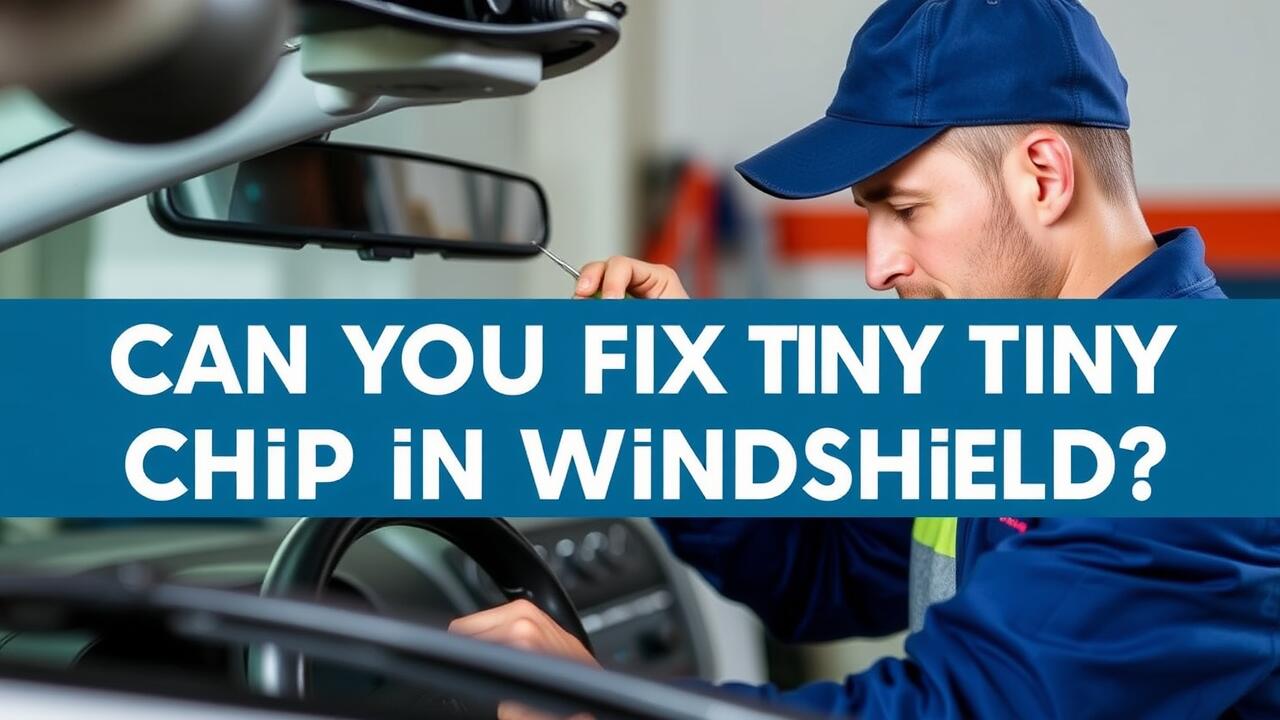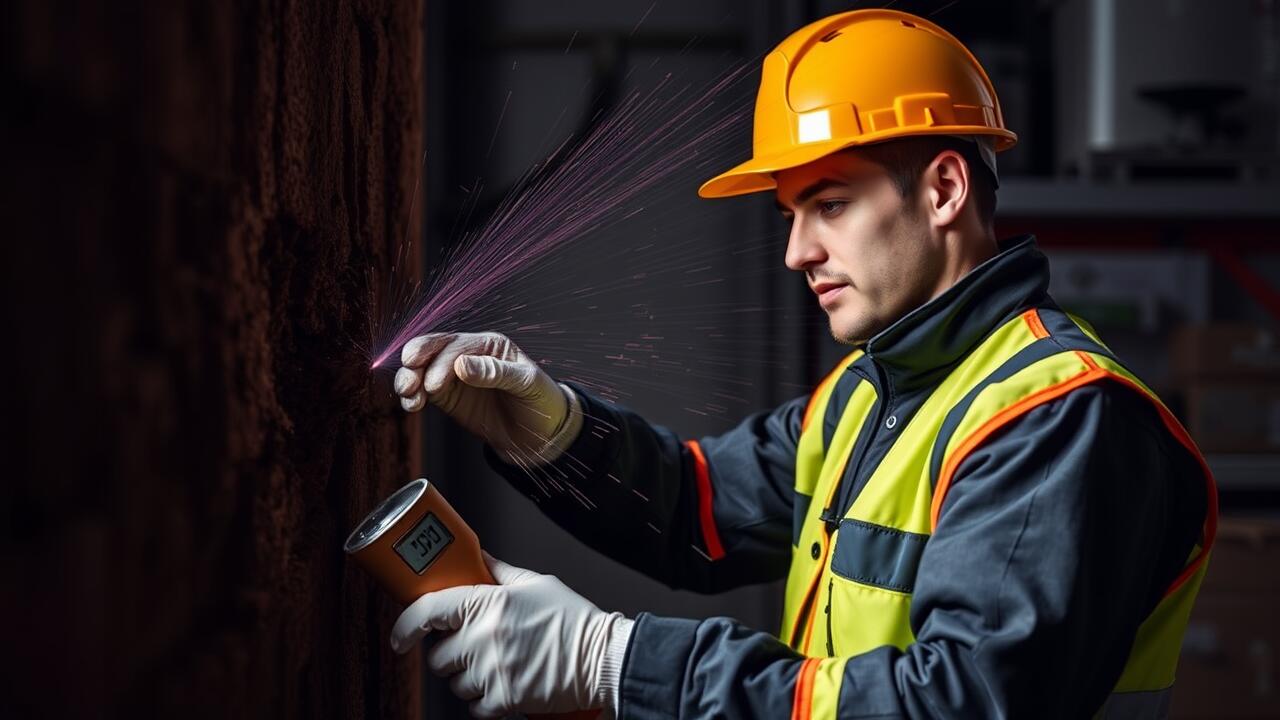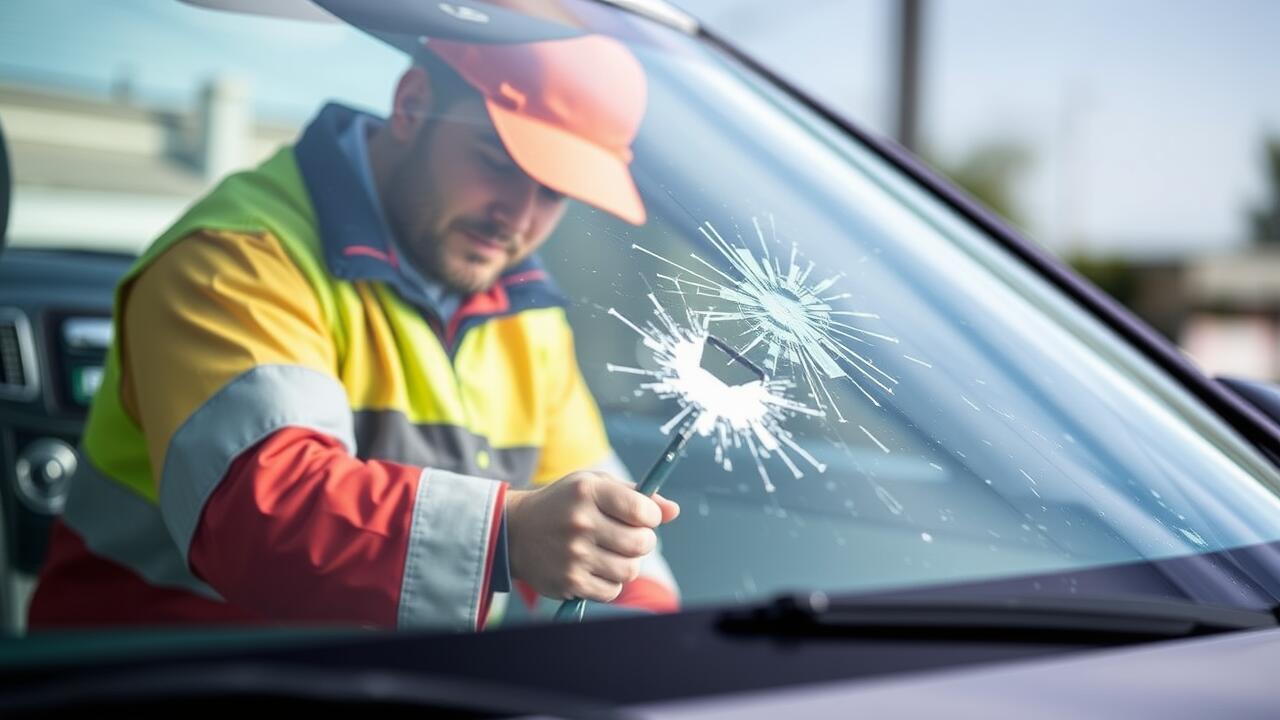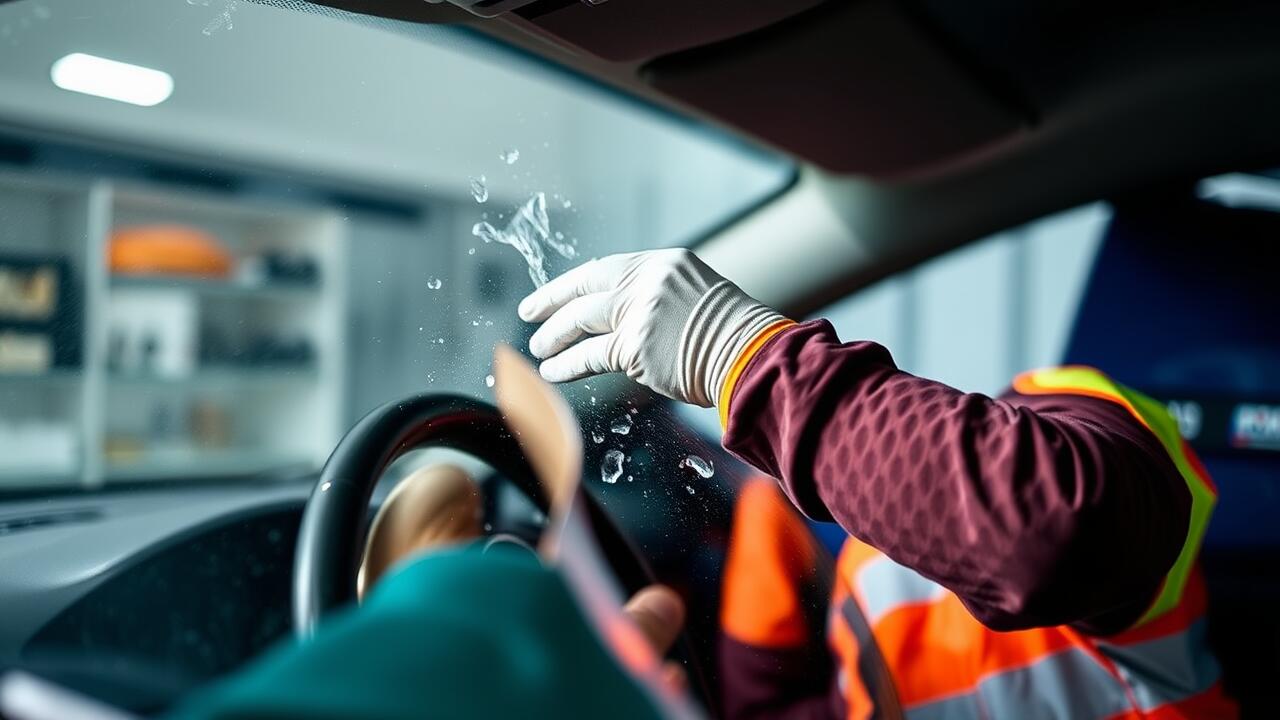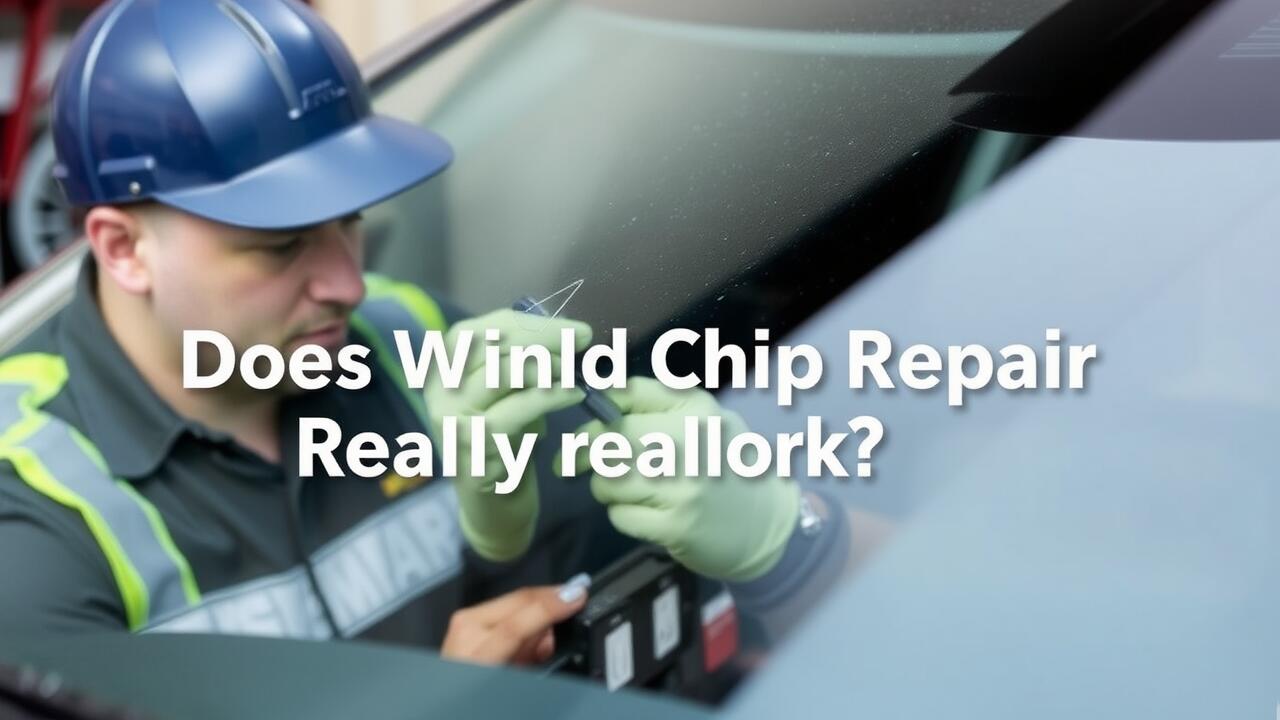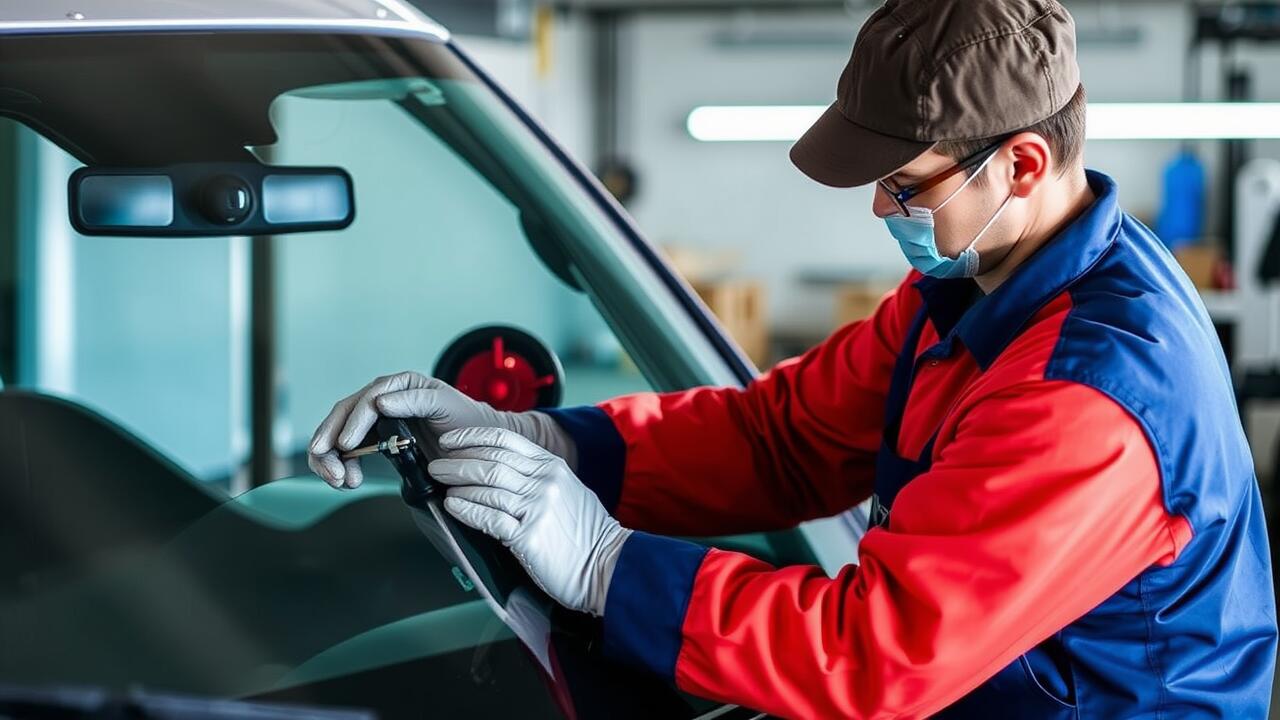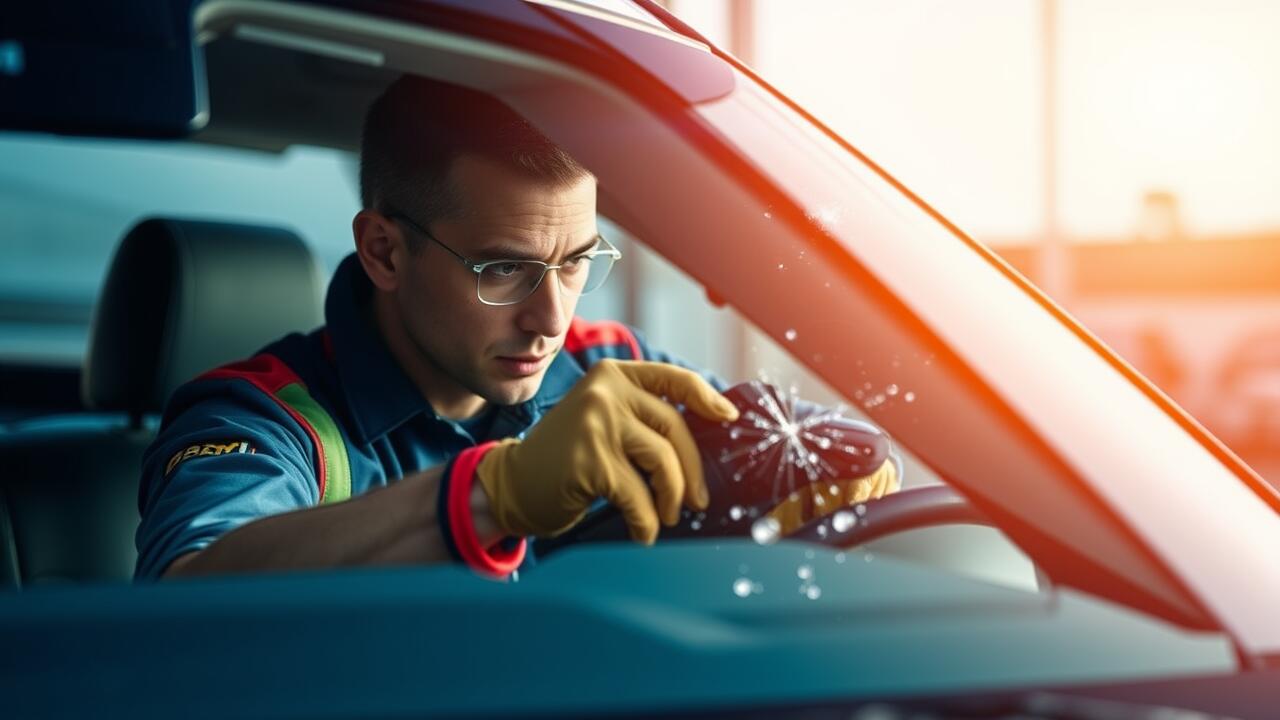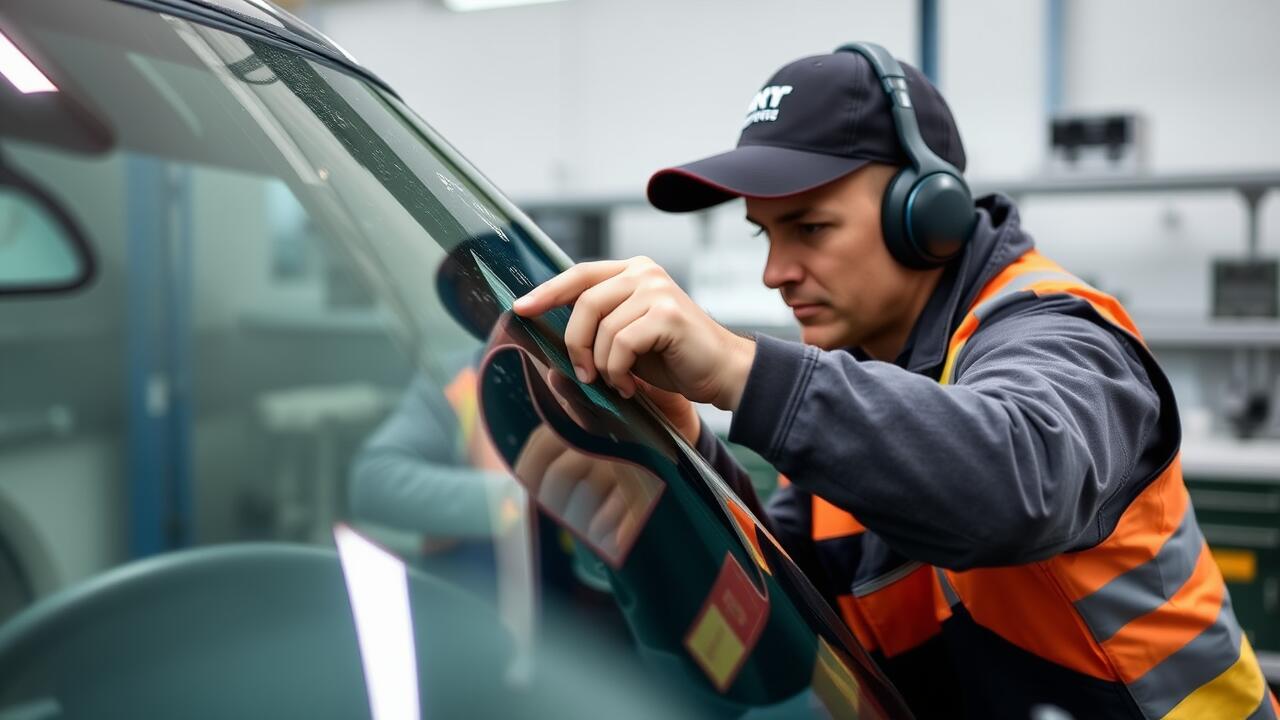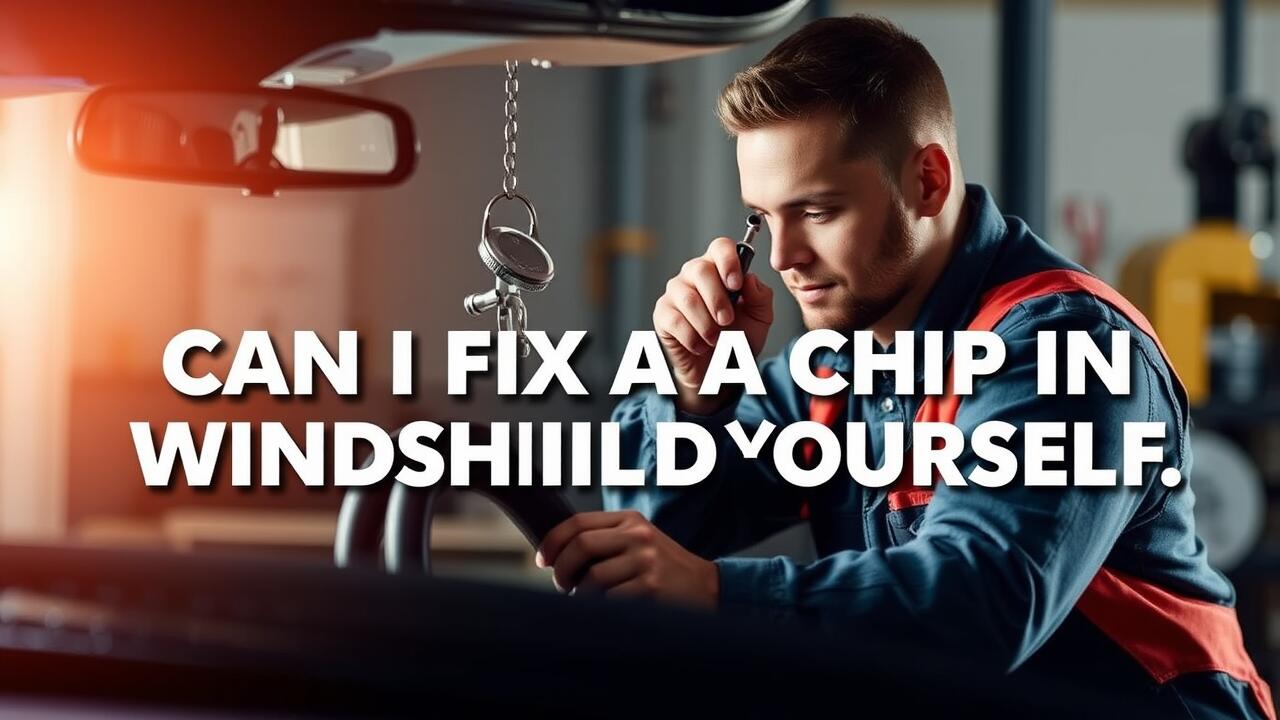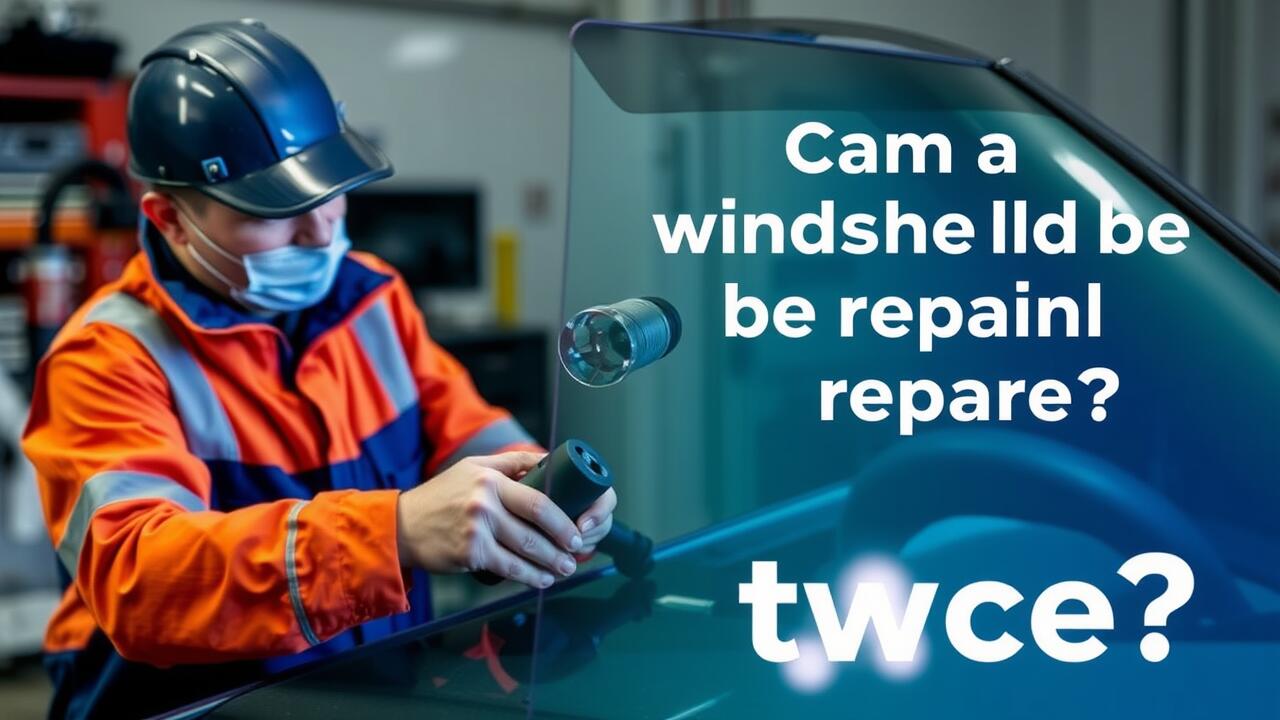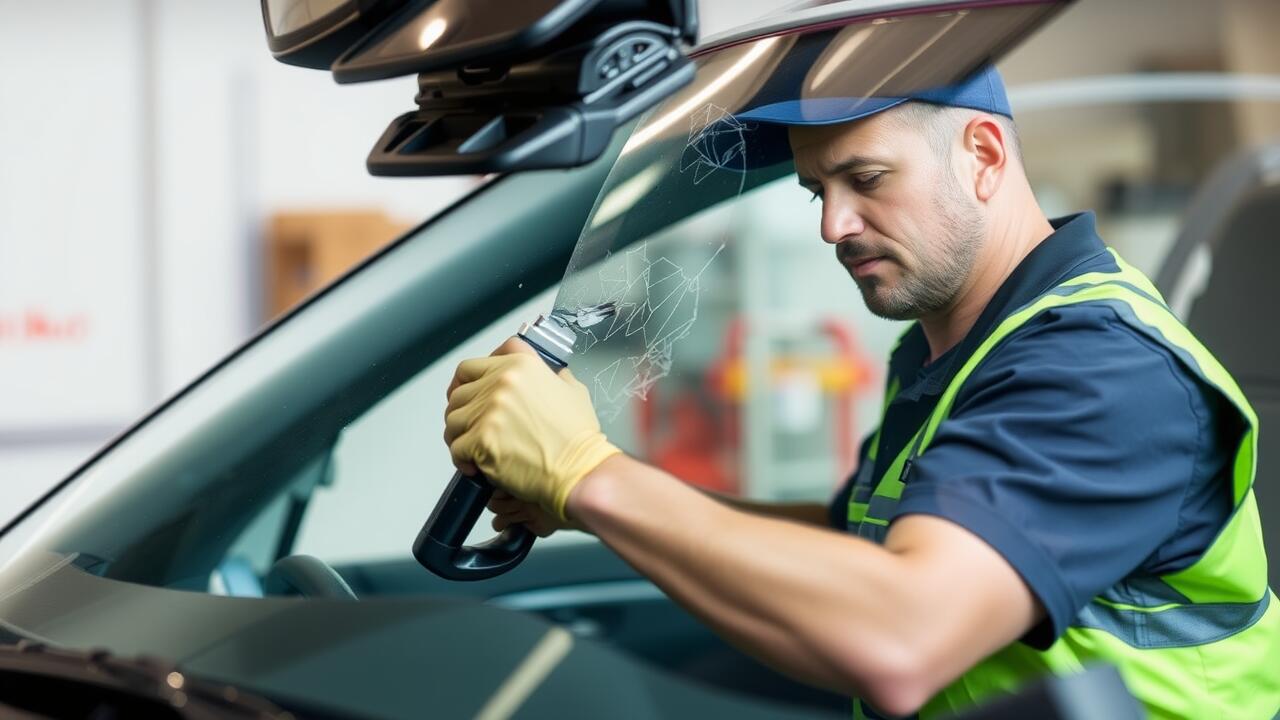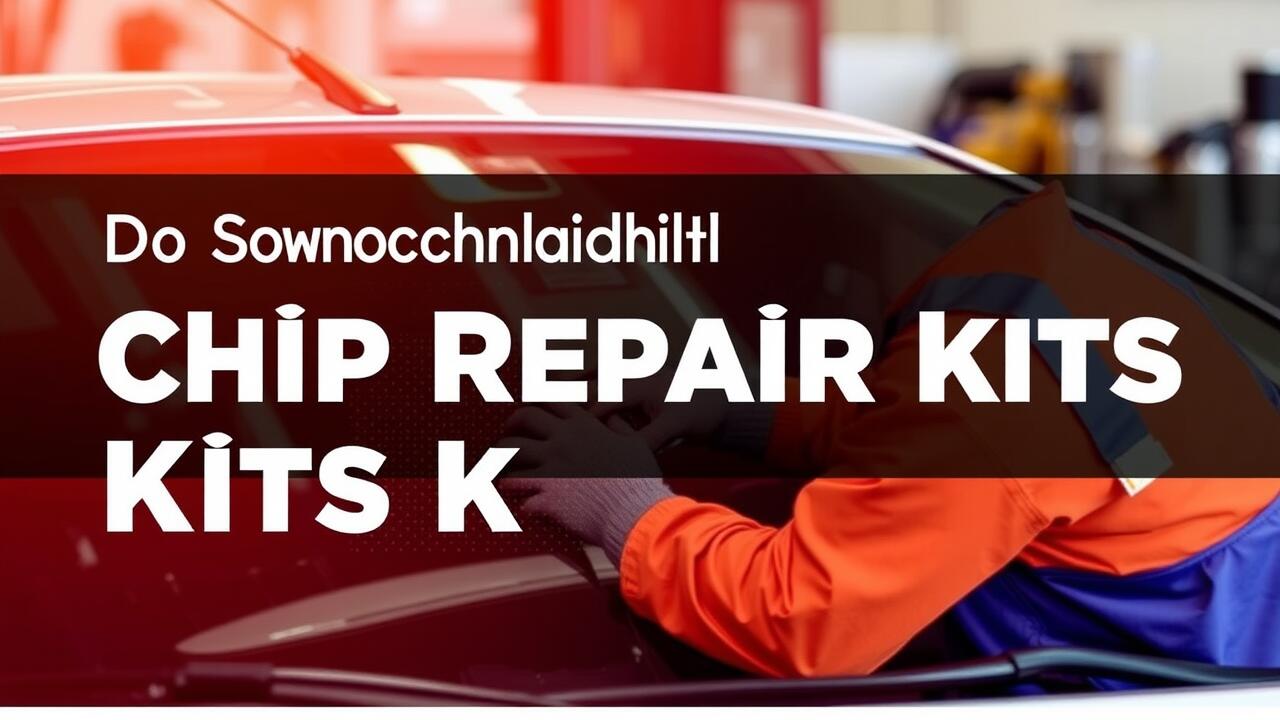
Table Of Contents
Common Mistakes to Avoid
One of the most common mistakes people make during chip repair is overlooking the instructions provided with the repair kit. Each kit may have specific guidelines designed to optimize the repair process. Skipping steps or misapplying the resin can lead to subpar results. Proper preparation, including cleaning the affected area thoroughly, is crucial for ensuring that the resin adheres correctly and fills the chip effectively.
Another frequent error is attempting to perform the repair in unfavorable weather conditions. Extreme temperatures can affect the chemical reactions involved in the chip repair process. Trying to apply repair resin in direct sunlight or on a very cold day can hinder its effectiveness. Keeping the vehicle in a controlled environment before and during the repair can significantly improve the likelihood of a successful outcome.
Tips for a Successful Repair
Preparing the surface of the windshield is crucial for effective chip repair. Start by cleaning the area around the chip thoroughly. Use a microfiber cloth to remove dirt, debris, and any glass fragments. This ensures that the repair resin adheres properly to the damaged area. Additionally, working in a shaded location avoids the impact of direct sunlight, which can cure the resin too quickly and lead to inconsistent results.
Once the chip is clean, apply the repair resin according to the manufacturer's instructions. Be patient during this process, as rushing can lead to air bubbles or an incomplete fill. After the resin is in place, use a curing tab to spread it evenly. Allow adequate time for the resin to cure fully before removing any excess material. Following these guidelines can significantly enhance the chances of a successful chip repair.
Factors Affecting Repair Success
The success of chip repair hinges on several factors, including the size, location, and type of damage. Small chips, generally measuring less than a quarter in diameter, are more likely to be successfully repaired compared to larger cracks. Location also plays a critical role; if the damage is directly in the driver's line of sight or on the edge of the windshield, it may not be repairable. Different materials and types of glass may respond differently to repair techniques, impacting the overall effectiveness.
Environmental conditions can further influence the outcome of chip repair. High temperatures or direct sunlight can compromise the repair process. Similarly, moisture or dirt in the chip can prevent proper adhesion of the resin used in the repair. It's essential to ensure that the area is clean and dry before attempting chip repair. Taking these factors into account will greatly increase the chances of a successful fix, restoring the integrity of your windshield.
Size, Location, and Type of Damage
The effectiveness of windshield chip repair kits largely depends on the size, location, and type of damage present. Small chips that are less than a quarter in diameter can often be repaired successfully, while larger cracks may exceed the kit’s capabilities. When assessing the damage, it's essential to recognize that specific types of breaks, such as star-shaped or bullseye chips, have higher repair success rates compared to long, linear cracks.
Location poses another challenge. Damage near the edges of the windshield can compromise its structural integrity, making repairs less effective. If the chip is in the driver's line of sight, certain regulations may prevent repair from being a viable option. Understanding these factors prior to attempting a chip repair will significantly influence the outcome and longevity of the repair process.
Maintenance After Repair
Regular maintenance after a windshield chip repair is crucial for ensuring the longevity of the repair and the overall condition of your windshield. It is important to avoid sudden temperature changes, such as blasting hot air on a cold windshield or vice versa. These changes can create stress on the repaired area, leading to potential issues in the future. Keeping the windshield clean and free of debris also helps prevent further complications.
Additionally, it’s wise to inspect the repaired chip periodically. Look for any signs of cracking or separation around the area. If you notice any changes, consider consulting a professional for further evaluation. Staying vigilant about your windshield’s condition can prevent small issues from turning into major problems, reinforcing the effectiveness of your chip repair.
Ensuring Longevity of Your Windshield
Maintaining your windshield after chip repair is crucial for its longevity and overall performance. Applying a protective coating or sealant can help shield the area from dirt and debris. Regularly cleaning the windshield with a gentle solution will prevent scratches and further damage. Whenever possible, park in shaded areas or use a sunshade to minimize UV exposure, as prolonged sunlight can weaken the adhesive used in chip repair.
Monitoring for any signs of new damage or deterioration is equally important. Keep an eye out for any lingering chips or cracks that may signal the need for additional repairs. Promptly addressing these issues can prevent them from spreading and requiring more extensive fixes. Regular inspections will help maintain the integrity of the windshield and ensure that any previous chip repair remains effective for as long as possible.
FAQS
Do windshield chip repair kits really work?
Yes, windshield chip repair kits can be effective in repairing small chips and cracks, restoring visibility and preventing further damage, but their success depends on several factors, including the size and location of the damage.
What types of damage can be repaired with a kit?
Most kits are designed to repair small chips and cracks, typically up to a few inches in length. However, damage that is too large or located at the edge of the windshield may not be suitable for DIY repair.
How long does it take to repair a windshield chip using a kit?
The repair process usually takes about 30 minutes to an hour, depending on the complexity of the damage and the drying time of the resin used in the kit.
Can I drive my car immediately after using a repair kit?
It’s recommended to wait for the resin to fully cure before driving the vehicle. This can take a few hours, so check the instructions provided with your kit for specific drying times.
Is it better to repair a windshield chip myself or have a professional do it?
If the damage is minor and within the recommended size for DIY kits, repairing it yourself can be effective and cost-saving. If the damage is more extensive or you're unsure about the process, seeking professional help is advisable for the best results.
